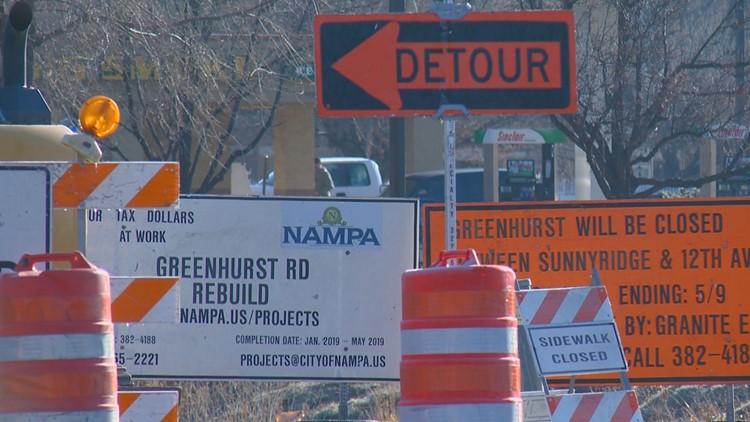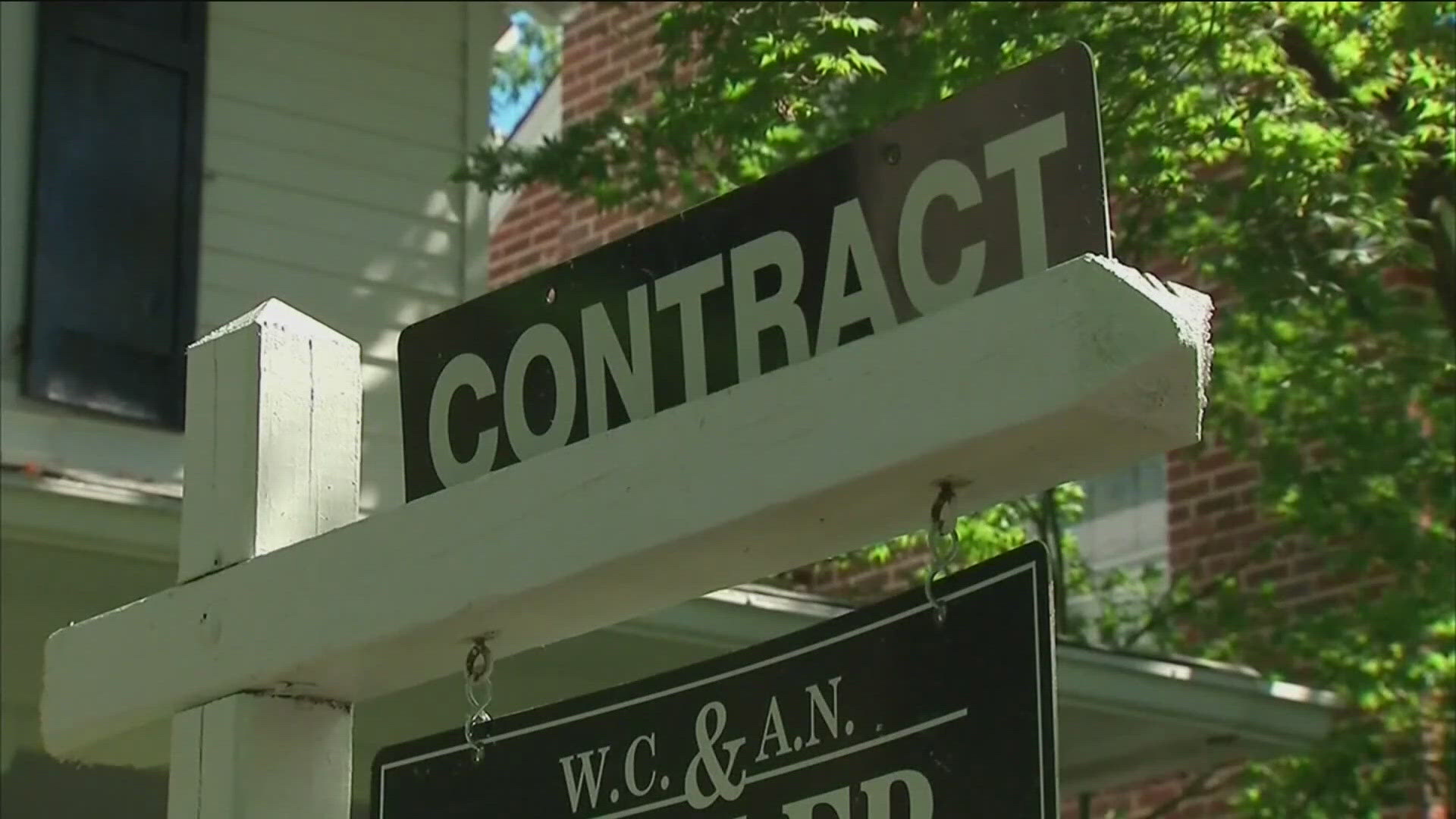NAMPA, Idaho — An updated version of Nampa’s transportation master plan has added another $130 million to the estimated cost of necessary traffic improvements in the city through 2040.
The Idaho Press reports Nampa City Council approved the new transportation master plan, along with an updated bicycle and pedestrian master plan, at a meeting Monday night.
The updated transportation master plan has been in the works since the summer of 2017, while the city began efforts to review the bicycle and pedestrian master plan earlier this year.
TRANSPORTATION MASTER PLAN
In early workshops gathering feedback on the transportation master plan, officials estimated Nampa was in need of $400 million worth of transportation improvements over the next 20 years, with the funding sources for these improvements unknown. The updated master plan identifies 141 improvement projects, totaling $532 million, needed through 2040.
The projects are intended to improve capacity, safety, bicycle and pedestrian transportation and freight mobility, according to the plan. The plan recommended 35 transportation projects in the next two years, ranging from pedestrian safety improvements to installing traffic signals or roundabouts.
Several of the recommended improvements are intended to help freight mobility around Franklin Boulevard, the road along which a 650,000-square-foot Amazon fulfillment center is being built in northern Nampa. The center is scheduled to open next year.
In an early workshop on the master plan, city staff proposed several options for funding citywide transportation improvements, including increasing property taxes, reallocating current funds, seeking a general obligation bond or a road and bridge levy, using franchise fees or increasing the amount of impact fees Nampa collects. The plan noted that funding transportation expansion is one of the most difficult things a public agency can engage in.
“These improvements are generally very expensive, far more so in an urbanized area like Nampa than in less intensely developed areas,” the plan reads.
The updated plan places the lion’s share of funding to come from impact fees, state and federal grants and new city funds, which could include things like property tax increases or vehicle registration fee increases.
BIKE AND PEDESTRIAN MASTER PLAN
City staff started gathering feedback to update the bicycle and pedestrian master plan earlier this year, which lays out a list of projects to make travel easier and safer for bicyclists and pedestrians.
Nampa senior planner Kristi Watkins said the original plan was adopted in 2011. Since then, the city has implemented $15 million worth of improvements, said Jeff Barnes, deputy Public Works director for transportation.
The city gathered over 400 survey responses, mostly from Nampa residents, to gather feedback on the current state of biking and walking in the city. Of the responses, only 17% said they felt comfortable biking in Nampa. The biggest obstacle to walking and biking in Nampa, according to survey respondents, was that the city’s streets, sidewalks and trails felt unsafe.
The new plan recommended dozens of projects across Nampa, but prioritized 11 projects as the highest needs. Most of these projects were focused on creating new pathways and adding separated bike lanes to city roads.
One of the top priority projects is an extension to Stoddard Pathway, which the city has been attempting to complete for at least two years. The project would extend the pathway 0.8 miles to connect to a downtown pathway.
The plan presented to council did not specifically address funding options for the improvements. Barnes said the plan largely relies on state or federal grants.
More from our partner Idaho Press: Lawmakers split over tapping counties for Medicaid costs
Watch more 'Growing Idaho':
See them all in our YouTube playlist:



